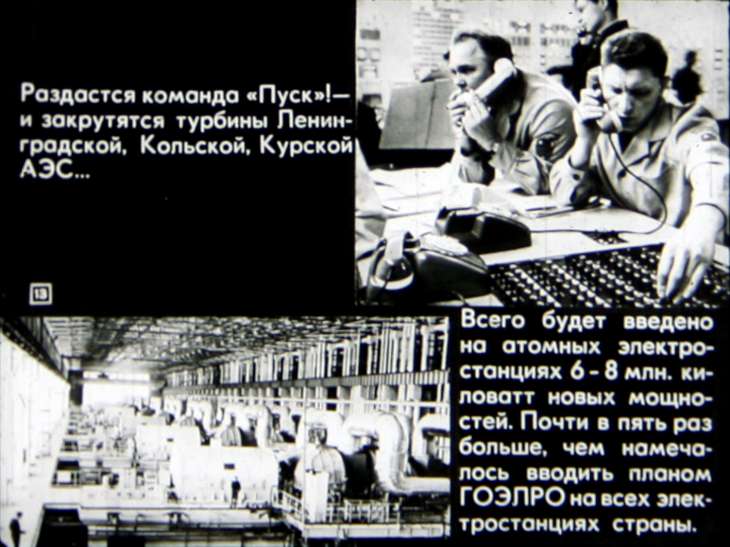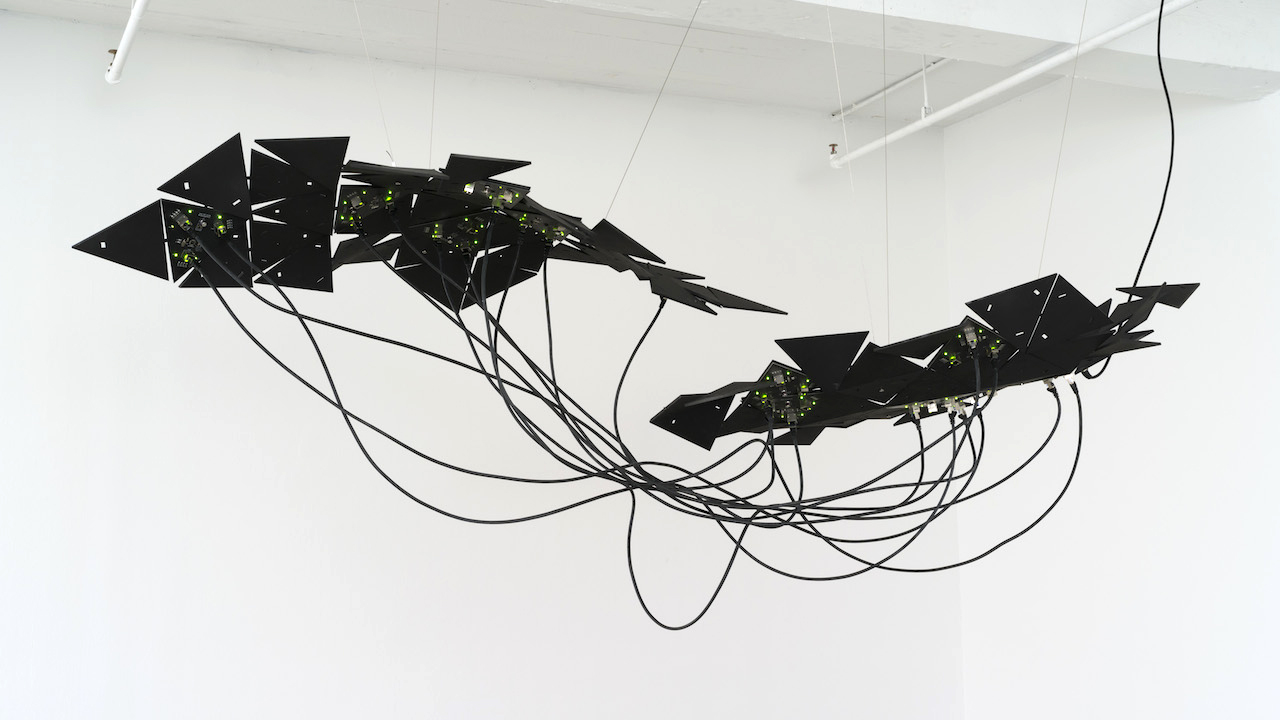

Since moving to Finland I’ve been enamoured with the accessibility of nature, the ease at which one can slip into it, unnoticed, and become fully immersed – and in my experience easily lost. The forests here are quiet, less occupied by wildlife compared to the forests of my home in Canada. They are largely uncluttered, both visually and audibly. It’s as if they are just forests, and not home to an entire ecosystem of organisms and communities. The trees, flora, and fauna are all seemingly neutral to their surroundings. On the surface, they are passive observers, the ‘historical actors’ of modern forestry (Tsing, 2017, p. 202). But below the soil is an active network of communication, much like our own human data infrastructures. As Susan Simard, a Candian scientist and forest ecologist, in reference to her collaborative work with biologist Kevin Beiler, suggests that “subterranean connections form a mycorrhizal network, now known colloquially as the “Wood Wide Web,” with a topology similar to that of neural networks, stream networks in watersheds, and the internet.” (Simard, 2021).

Source: Suzanne Simard, Finding the Mother Tree: Discovering the Wisdom of the Forest
With this in mind, I walked through Nuuskio National Forest with classmates on a mushrooming excursion and I thought a lot about the trails and the pathways – the networks on the surface. We started on a paved path, clearly marked and designated, engineered by and for human passage. But as we delved deeper into the forest our paths became progressively less trodden, and naturally, we also made our own paths – surely any mushrooms that bloomed near paths would be picked already. What drew my curiosity were the paths-to-be; the paths that weren’t yet established but you could tell that a human, if not a few, had trodden before. Is it by chance that I chose to follow this near-invisible line through the forest? Like a hunter tracking an animal, only this time I’m following the hints of a human before me. I consider what the tipping point is for a path to become established – how many times does this sequence of steps need to be made before it becomes separated from its natural distribution? Trails and paths change and flow over time, nudged one way or the other by obstacles in the terrain or altered by changing weather conditions. I wonder what patterns of paths will emerge between now and my next visit – will this near-path be here next year? This effect of human visitors in the forest, the fanning out and trampling of ground reminds me of the technological imperative of humans to mark their territory, lay down lines of communication, forever searching for the path of least resistance in their domination of nature.
What started out as an innocent excursion into the woods has affirmed my individual responsibility to hasten what I believe will be the cultural reckoning of my generation. The importance of acknowledging the magnitude of human impact by way of the Anthropocene and our problematic consumption habits needs to be addressed on both individual and institutional scales. Tobias Brosch outlines in their study on emotional drivers of climate change that if we consider ‘the mechanisms by which emotions influence decisions and actions may help design more efficient interventions” in relation to perceptions about climate change (Brosch,2021). Further, John Thøgersen outlines in their paper “Consumer Behavior and Climate Change” that individual consumption habits have a significant role to play in reducing impact, especially when paired with governments and companies making “climate-friendly behavior the ‘easy’ behavior” (Thøgersen, 2021).
What if the creation of artworks combines this knowledge of emotional drivers and consumer behavior? Perhaps we can forge a new way forward that is holistic and self-aware of the extractive impact our consumer behavior has on our surroundings both immediate and far-flung. My path has formed a loop, a complete circuit, where humans are both the vector and the virus. As a visual artist, I see my role as one that distributes the vaccine – one that works towards individual and collective change through cultural and societal awareness through immersive experiences.
Sources
Brosch, T. (2021). Affect and emotions as drivers of climate change perception and action: a review. Current Opinion in Behavioral Sciences, 42, 15–21. https://doi.org/10.1016/j.cobeha.2021.02.001
Simard, S. (2021). Finding the Mother Tree: Discovering the Wisdom of the Forest. Knopf.
Thøgersen, J. (2021). Consumer behavior and climate change: consumers need considerable assistance. Current Opinion in Behavioral Sciences, 42, 9–14. https://doi.org/10.1016/j.cobeha.2021.02.008
Tsing, A. L. (2017). The Mushroom at the End of the World: On the Possibility of Life in Capitalist Ruins (Reprint ed.). Princeton University Press.


 Lake Lefroy, Western Australia [1]
Lake Lefroy, Western Australia [1] Kevitsa open pit mine, Finland [2]
Kevitsa open pit mine, Finland [2] Waste generated by sector and type in Finland, 2019 [3]
Waste generated by sector and type in Finland, 2019 [3] Deepest man-made open pit mine in the world, Bingham copper mine in Utah, USA [4]
Deepest man-made open pit mine in the world, Bingham copper mine in Utah, USA [4] Rise in consumption of mineral resources between 2000 – 2018 [5]
Rise in consumption of mineral resources between 2000 – 2018 [5]







